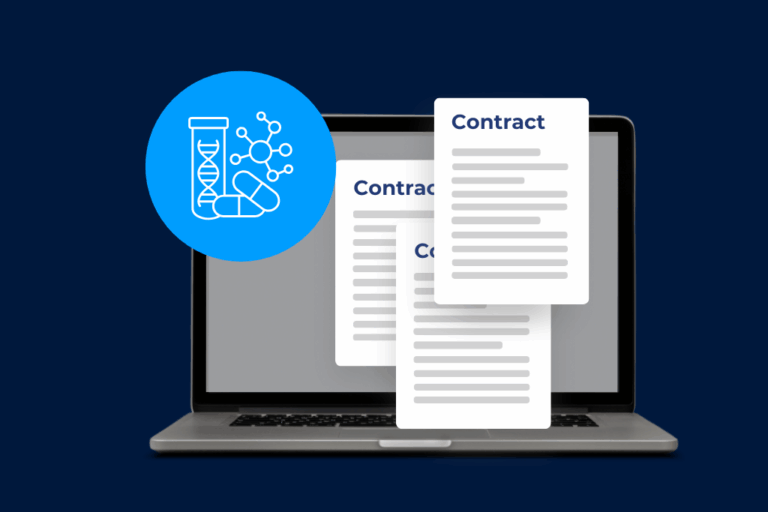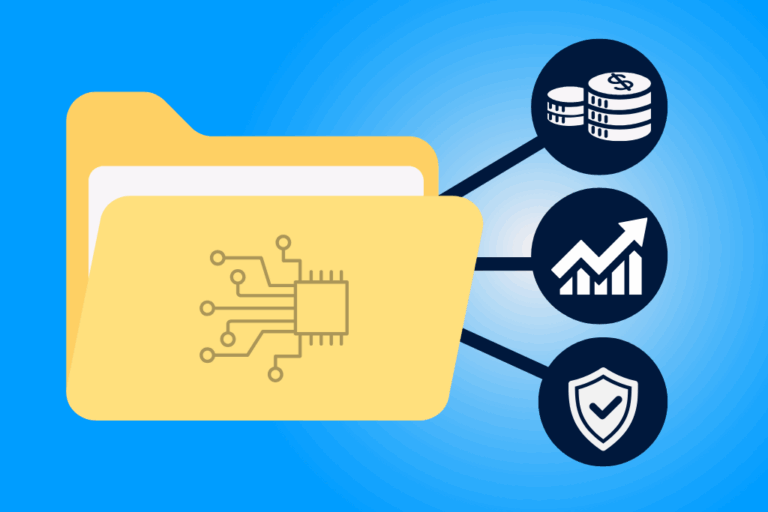Artificial Intelligence (AI) entered our daily lives like a storm, and one could expect it extended to our professional lives too. This is a powerful technology that helps legal professionals work faster, more efficiently and frees up time to focus on higher-value tasks. Nevertheless, it’s important to keep in mind that not all AIs are equal. Behind every AI-powered tool lies an extensive training process that ensures its accuracy and reliability.
DiliTrust has a long history with AI, our goal is to provide reliable and secure AI, which explains why we have always worked on private AI rather than public solutions. We have developed a rigorous approach to training our AI, ensuring it understands legal concepts, processes documents efficiently, and provides relevant insights to legal teams. But how exactly do we educate our AI? Let’s take a closer look.
A Brief Look at AI
What exactly is AI? Since the introduction of Chat GPT to our lives in 2022 there have been a lot of misconceptions. As much as we love science fiction novels, it’s to note that AI isn’t some humanoid robotic version of us that can accomplish anything and everything, just like a human, but really fast.
AI needs humans to feed data and information that then helps individuals on tasks such as document summaries for instance. In the legal sphere AI is mainly monomodal, meaning it focuses on processing a single type of data, whether it be text, image, audio, or another specific format. All information is considered as data, and it can come in different shapes. With monomodal AI there is less risk to compromise accuracy and efficiency.
Did you know? Multimodal AI does exist but is mostly used in other areas. A good example of multimodal AI is DALL-e, which generates images from text descriptions. In this case, the AI technology receives multiple data forms of information to create a visual.
Why Training AI Matters for Legal Teams
Legal professionals deal with vast amounts of information daily. Their tasks can go from reviewing contracts, analyzing legal risks, keeping track of important resolutions and solving matters. All the above require effort, but also: time. Here’s where AI comes into play, as it’s an efficient solution to automate tasks, generate summaries and organize/centralize documents. The main challenge in the legal sector is that most of the tasks deal with confidential information, tight deadlines and the need of extreme precision and attention to detail. One missed clause in a contract and it can all go wrong… This is why for AI to perform any of these functions effectively, it must be trained with precision.
A well-trained AI system ensures that automation does not come at the cost of accuracy. It can recognize the nuances of legal language, differentiate between contract types, and even highlight potential risks. This level of intelligence is not achieved overnight—it requires structured training, high-quality data, and continuous improvement.
The Three Main Ways AI Learns
AI does not inherently “know” how to process legal documents; it must be taught. At DiliTrust, we employ three primary learning techniques to ensure our AI understands and processes information correctly.
Supervised Learning: Learning from Experts
Supervised learning is in some way like an apprentice learning from a mentor. In the case of the legal sector AI is fed legal documents that have been labeled by human experts, helping it recognize patterns and categorize information correctly. For example, when AI is trained to classify contract types, it learns by analyzing thousands of documents labeled as NDAs, leases, or employment agreements. Over time, it begins to recognize these classifications on its own.
Unsupervised Learning: Detecting Patterns
As the opposite of supervised learning, unsupervised learning doesn’t count on human intervention to train. In this case, AI is not given explicit instructions but is instead allowed to analyze large amounts of data and identify patterns on its own. This is particularly useful when grouping documents by topic or detecting similarities between different contracts. Without human intervention, the AI learns to cluster related documents, making organization and retrieval more efficient.
Did you know? Language learning was long considered as a form of unsupervised learning. In recent years it has been considered as a “self-supervised” form of AI training. This is because language learning feeds on human created text and content, meaning it’s taking information from an individual that went to school and learnt to write in a proper manner on a given topic. Because of that, some esteem language learning has some implicit supervision.
Reinforcement Learning: Improving Through Experience
Reinforcement learning is a more dynamic approach, where AI learns by interacting with its environment and receiving feedback. It refines its actions based on whether previous attempts were successful or not. In legal applications, this can be particularly useful for risk assessment, where AI gradually improves its ability to identify high-risk clauses by learning from past evaluations.
How DiliTrust’s AI is Trained
At DiliTrust we mostly work with text data and audio types (for transcripts for instance. We follow a structured process to ensure our AI models meet the highest standards of performance and security.
Defining the Objective
Before training begins, we define the specific tasks the AI should accomplish. Whether it is classifying contracts, extracting key information, or summarizing legal texts, the objective must be clear from the start.
Gathering High-Quality Data
AI models rely on data, and in the legal field, this data must be precise, reliable, and well-structured. To ensure accuracy, we work with legal professionals who annotate contracts and documents, creating high-quality datasets for training. Given the sensitivity of legal data, all training takes place in a secure environment where data remains private and protected.
Selecting and Training the Model
Once the data is prepared, we evaluate different AI models to determine which one is best suited for the task. Training involves running multiple experiments, adjusting parameters, and refining the model until it delivers the most accurate results.
Testing and Deployment
Before integration into our platform, the AI model is rigorously tested in real-world legal scenarios. This ensures that it performs accurately, reliably, and efficiently. Once validated, it is deployed within DiliTrust CLM, where legal teams can benefit from its automation capabilities.
Smarter and Safer with DiliTrust’s AI
Many legal professionals wonder why they should choose a specialized AI solution like DiliTrust AI instead of general-purpose AI tools like ChatGPT. The answer lies in security, regulatory compliance, and industry-specific training. At DiliTrust we build AI rather than simply using it.
In-house and for Legal Teams
Unlike generic AI solutions, DiliTrust AI is designed specifically for legal applications, ensuring a higher level of accuracy in contract analysis and document management among other tasks. This means we’re in total control of our technology, and more importantly that your data is safer than it would be with public AI tools. Building our AI in-house you get:
Safe and Under Your Control
The data legal teams manage is sensitive, and often, strictly confidential. Some solutions fail in offering the right AI services, as many aren’t owners of their technology and rely solely on public AI. At DiliTrust we take data protection seriously, and it has always been the case. With our AI solutions your data is:
Ethical and Private by Design
Because we know security alone isn’t enough, we have built our AI with an ethical framework since the start. DiliTrust’s AI ensures transparency, compliance with global data protection laws.
Ready to see DiliTrust’s AI in action?
DiliTrust is committed to staying at the forefront of innovation with AI. With the rise of generative AI, we are exploring new ways to enhance contract analysis, automate document drafting, and streamline legal workflows.
Curious for more? Get in touch with us and explore our solutions today.
You may also be interested in these resources:


